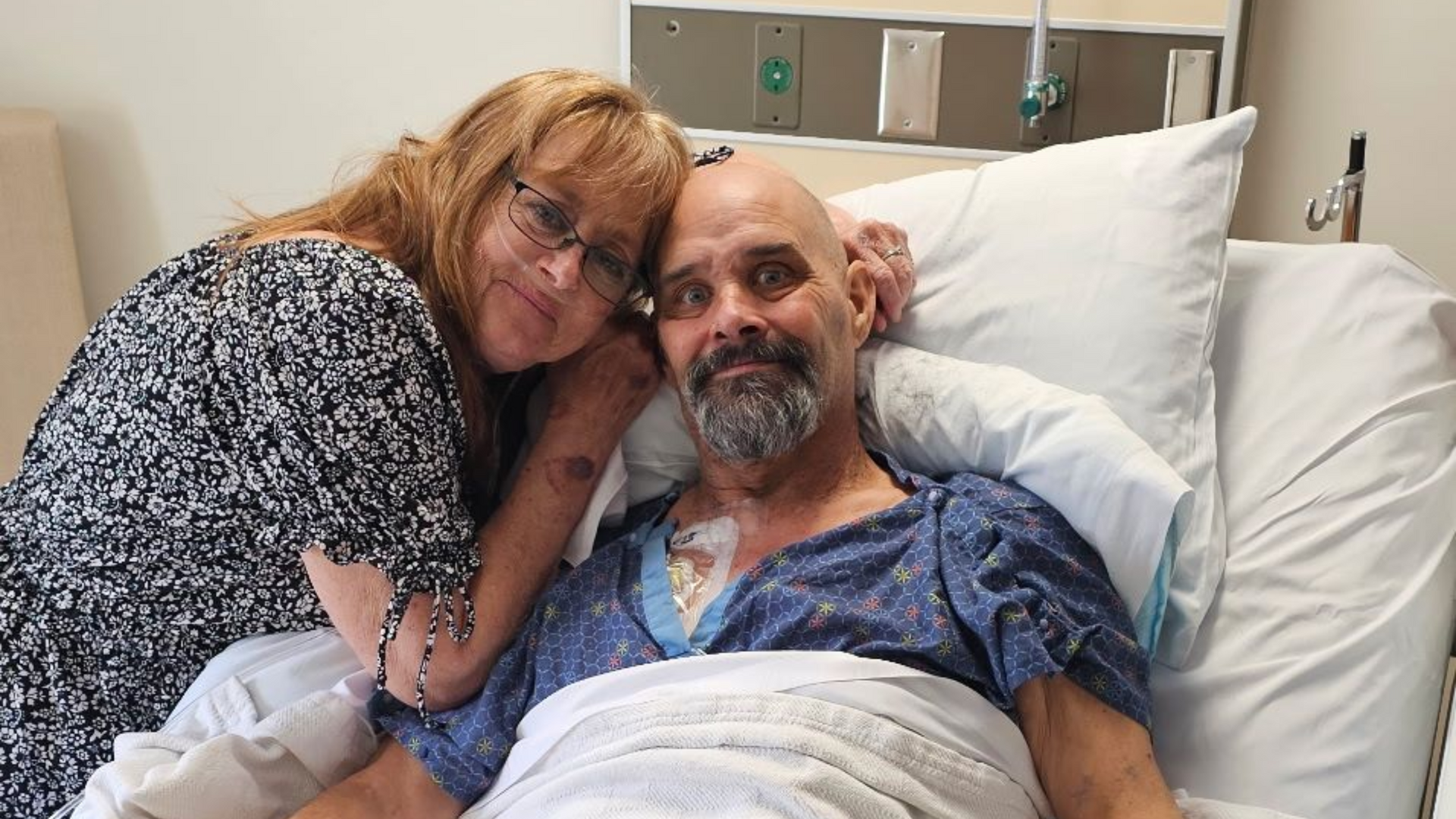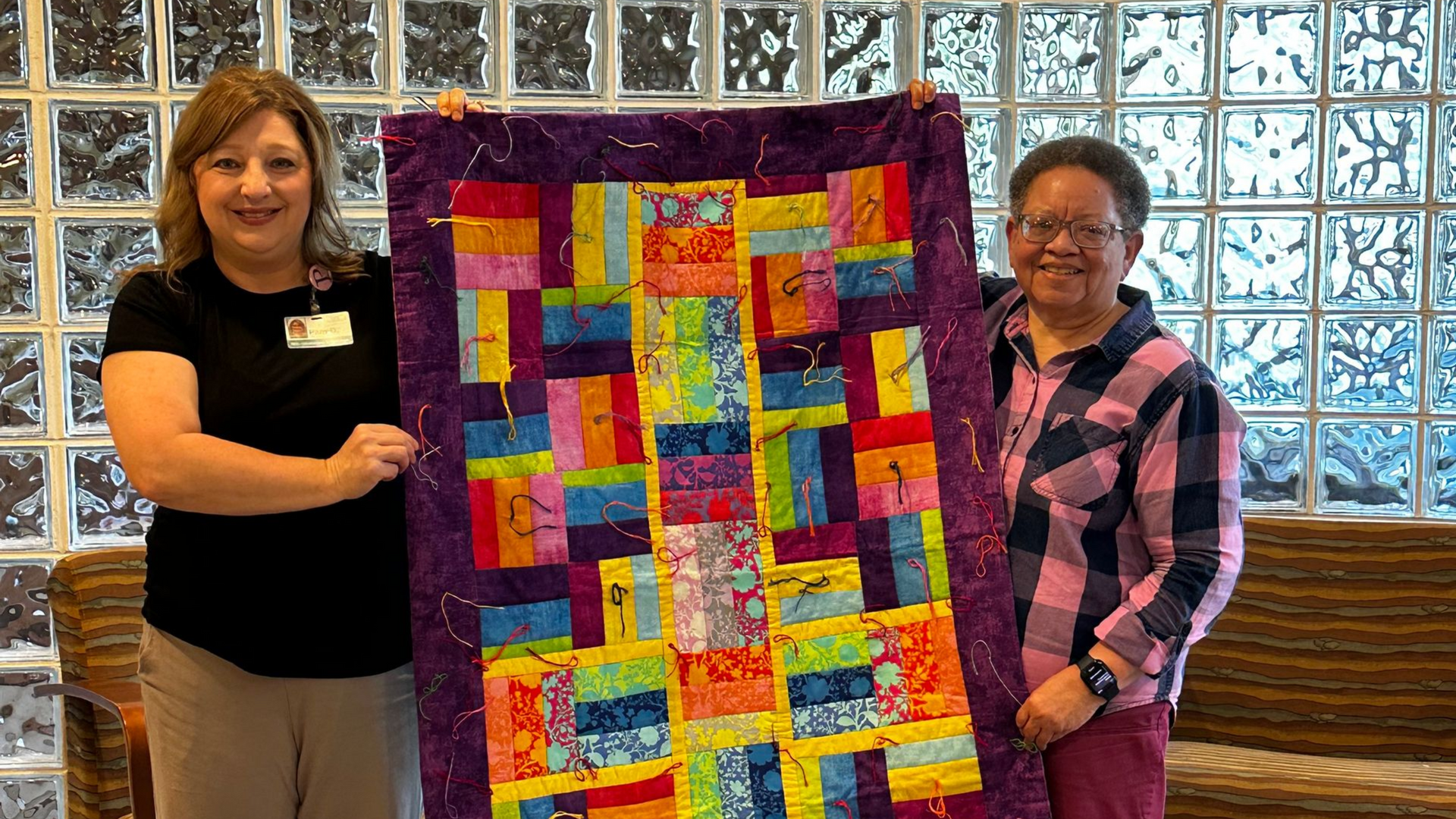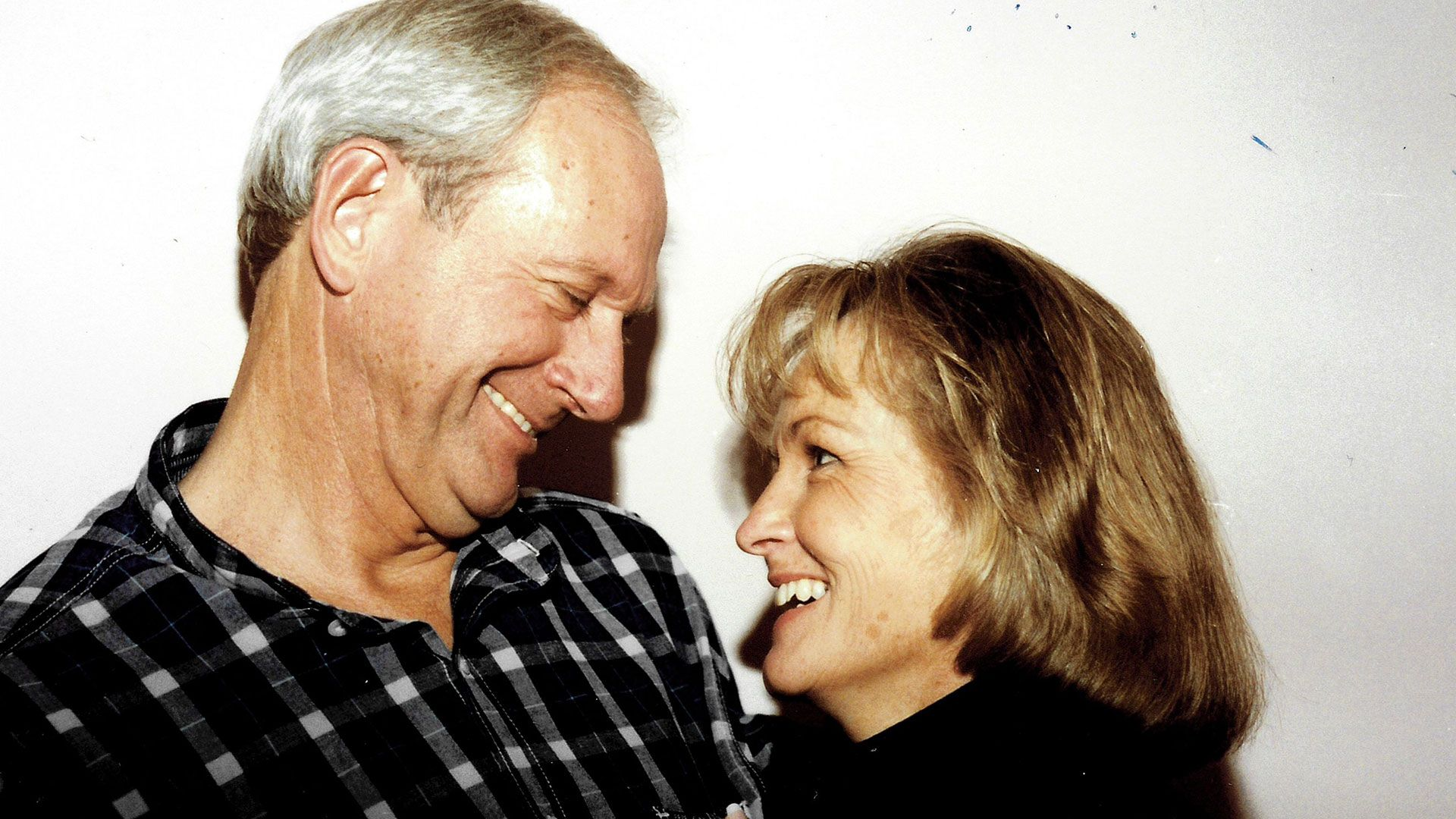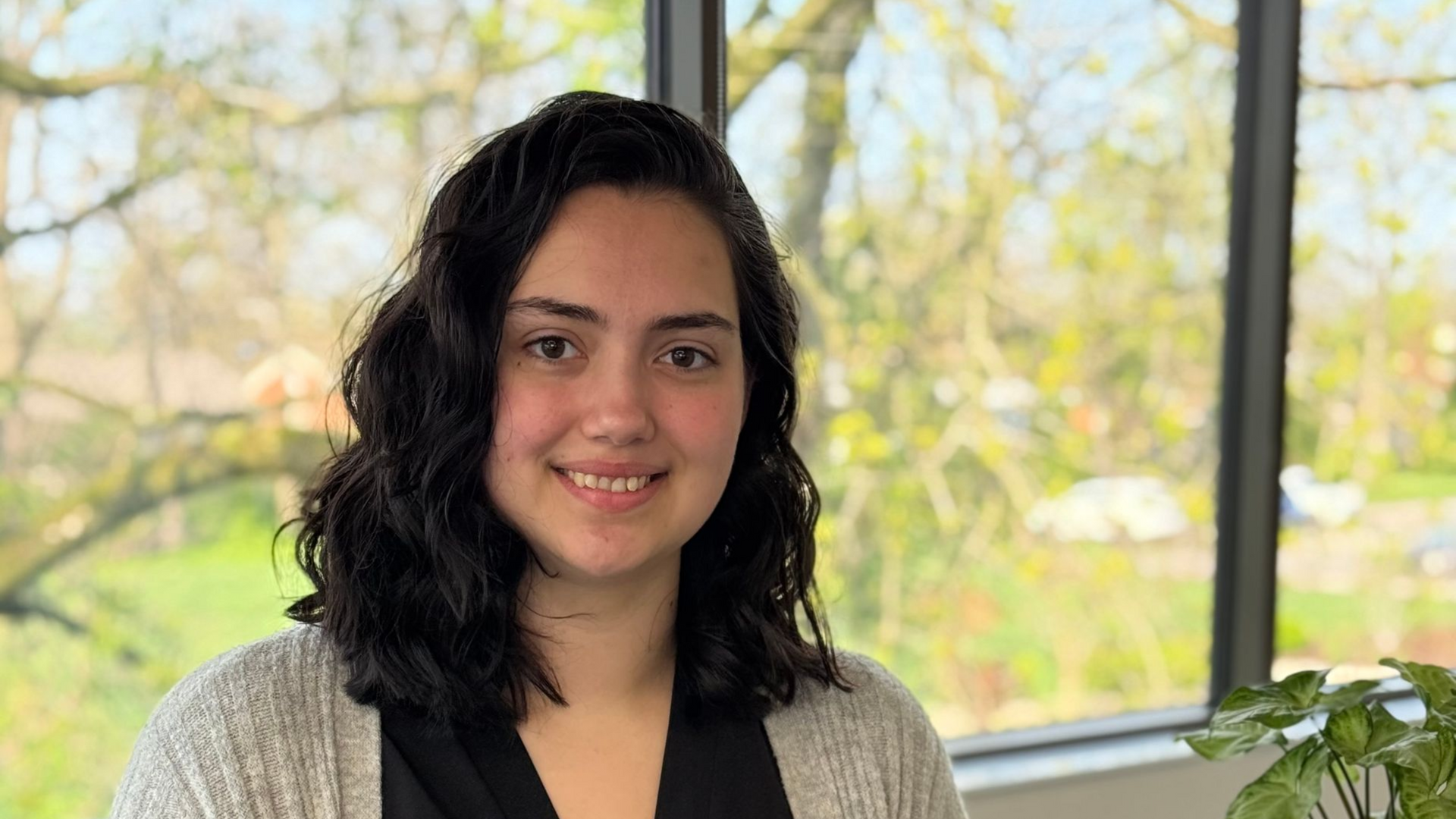Music Therapy Provides Comfort To Patients in Long-Term Care
A typical day at the long-term care facility starts with Miss E. Miss E usually prefers to keep her eyes closed during music therapy, but that doesn’t stop her from belting out gospel songs at the top of her lungs. Her favorites are all about going to heaven. “Amen, amen,” she says emphatically whenever she hears a line she particularly likes. For Miss E, singing songs about dying and going to heaven is a practice in hope, and she always appears to be in better spirits by the end of her session.
For Mr. T, music therapy is little different. Each session is a space for him to let go and grieve the life he has known, especially his independence. The time is usually filled with tears and long moments of silence, allowing him to process and explore his feelings of loss. The music serves as a comfort and a release, triggering the tears but reminding him that it is okay to feel sad; then picking him back up by identifying the things he relies on: God and his faith.
The day is rounded out with a visit to Mr. D, who is a wild card every time. During his last session, Mr. D initially declined music therapy, complaining of a headache. He was agreeable to a short visit, which turned longer after he asked, “Well, are you going to play any music?” He sang enthusiastically after that and was disappointed when the arrival of his CNA meant the end of the music therapy session. “I wish you could stay longer,” he said. When asked about his headache, he paused for a moment and then looked up in surprised happiness. “It’s gone!”
These moments are brief examples of the larger impact that music therapy can have on adults in long term care facilities. In one day, music therapy was able to address spirituality, grief, anxiety, loneliness and pain for a variety of patients. The meaning that these patients receive from music therapy provides hope and comfort during a difficult time and helps to give them a sense of purpose and connection.













